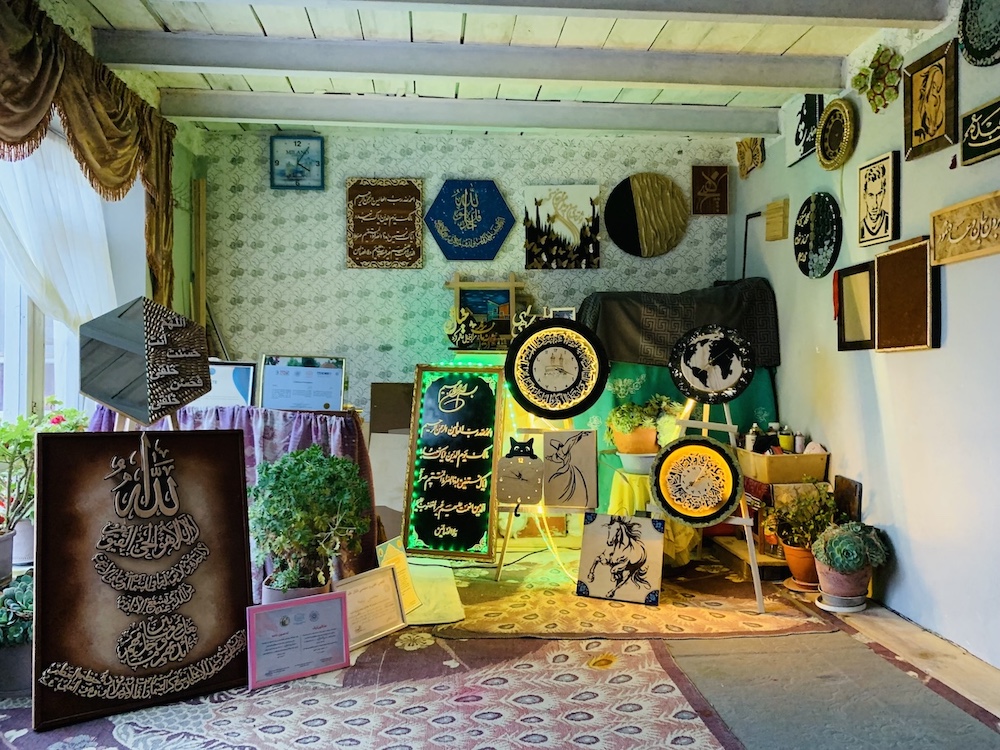LA ROCHELLE, France: Protesters clashed with police in France’s western port of La Rochelle Saturday, as conservationists and small farmers mobilized against massive irrigation reservoirs under construction.
Local government officials had banned demonstrations in the city, which is a popular tourist site in summer.
A 2,000-strong march, one of two through the city, was charged by police at around 1:30 p.m. (1130 GMT).
Running battles erupted around barricades and burning rubbish bins as some protesters threw projectiles and police fired tear gas grenades.
“We were in the demo, they started blocking ahead and behind,” said Lilia, a 25-year-old who declined to give her full name. “They isolated us off to one side to charge everyone else.”
Police said around 500 participants in the march were so-called “black bloc” far-left radicals.
Prosecutors in La Rochelle said four members of the police and five demonstrators received medical care for minor injuries.
Several shops were damaged or looted, along with bus shelters and advertising hoardings. A building site was ransacked for cinder blocks and wood to construct barricades.
Police arrested seven people, mostly for trespassing.
The second, more peaceful march, made up of around 3,000 people family groups, moved from the city center toward the commercial port. Many wore costume disguises.
Some used kayaks or inflatable boats to approach the La Pallice agricultural export terminal, singled out by organizers as the target for the demonstrations.
The two marches joined up mid-afternoon along the waterfront before turning back and dispersing calmly.
Police had used tear gas earlier Saturday to clear around 200 people who entered the terminal at dawn, including farmers with old tractors.
That confrontation broke up mostly peacefully.
The protests in the city on France’s Atlantic coast were intended to show that new “reservoirs aren’t being built to grow food locally, but to feed international markets,” said Julien Le Guet, a spokesman for the “Reservoirs, No Thanks” movement.
Activists say the reservoirs, set to be filled from aquifers in winter to provide summer irrigation, benefit only large farmers at the expense of smaller operations and the environment.
Several dozen are under construction in western France, their supporters arguing that without them farms risk vanishing as they suffer through repeated droughts.
Last year, clashes between thousands of demonstrators and police in Sainte-Soline, around 90 kilometers (56 miles) inland from La Rochelle, left two protesters in a coma and injured 30 officers.
Further scuffles broke out Saturday as demonstrators returned to La Rochelle’s center from the agricultural port, some launching fireworks at the police, who responded with tear gas and water cannons.
“Cease fire, there are children in the march,” Le Guet shouted. “Don’t make the same mistake as at Sainte-Soline.”
Fears of clashes had been high all week. More than 3,000 police deployed around a “Water Village” protest camp in Melle, a few kilometers from Sainte-Soline, as authorities warned of a risk of “great violence.”
The prefecture banned the demonstrations in popular summer tourist destination La Rochelle, but organizers went ahead with them.
On Saturday, “our aim wasn’t to clash with law enforcement, it’s often law enforcement who aim to clash with us,” said Juliette Riviere, an SLT member.
Prosecutors said that six people had been taken into custody by mid-afternoon Saturday.
French police clash with water demonstrators after port blockade
https://arab.news/6vpe6
French police clash with water demonstrators after port blockade

- Running battles erupted around barricades and burning rubbish bins as some protesters threw projectiles and police fired tear gas grenades
























